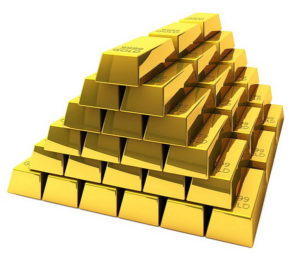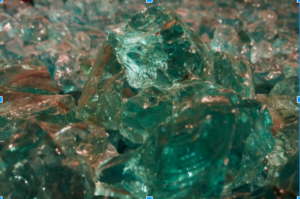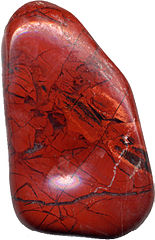 There are more than 100 elements on the periodic table including gold, but human’s obsession with this mineral remains unmatched. There are many earthly elements that appear unusual, but that doesn’t necessarily increase their value like it does for this yellow alloy. Gold has been revered and prized since the inception of human history and is a high level commodity throughout the world.
There are more than 100 elements on the periodic table including gold, but human’s obsession with this mineral remains unmatched. There are many earthly elements that appear unusual, but that doesn’t necessarily increase their value like it does for this yellow alloy. Gold has been revered and prized since the inception of human history and is a high level commodity throughout the world.
In this article we will take a look back into when humans became aware of the existence of gold and will discuss its history with an Egyptian tangent.
When did humans come to know about gold?
Even though this question is still the topic of debate, it has been reported by various historians that gold was first discovered in Asia Minor around 6000 BC. Asia Minor is a geographical region present in the southern-west part of Asia. Most part of Asia Minor now forms the present-day Turkey. This area is also documented as the birthplace of gold coins.
Skim through the pages of history and you will find that every civilization that has ever existed on the face of Earth has used gold as a premium mineral. Mesopotamians, Egyptians, Greeks, Romans and nearly every rich civilization in the world, utilized gold for making coins, jewelry and other valuable items.
Even way before these ancient civilizations, people in the Stone Age used gold for ornamental reasons. They had probably realized that this mineral is not suitable to use in tools like iron and other metals.
This brief analysis indicates the fact that we humans have been revering gold since our formative years of history and adaptation didn’t play any significant role in it.
Let’s get a little more enthralled by finding out the value and uses of gold in the ancient Egyptian civilization.
Ancient Egyptians and their fascination with gold
World truly came to know about Ancient Egypt’s obsession with gold when the tomb of an Egyptian pharaoh of 18th Dynasty, Tutankhamun, was excavated in 1922. Howard Carter, a British archaeologist and Egyptologist, who discovered the tomb reported what he saw, “And gold – everywhere the glint of gold”.
In ancient Egypt, gold was not used as money because until 305 BC, as the barter system was the financial exchange model. They used food and other tangible items for trade and payment to people for their services.
With that in mind, historical evidence suggests that gold was exclusively used by the Egyptian Royalty. Since gold didn’t have any economic value then, it was revered and prized due to different reasons.
- Its appearance – it is compared to the dazzling light of the sun and associated with Ra, the ancient Egyptian sun god.
- Egyptians believed that skin of gods were made of gold and their bones made of silver.
- As gold is chemically unreactive, Egyptians linked this inertness with indestructibility and eternal life. It was used for coffins and funerary equipment of Pharaohs to preserve their mortal remains for eternity.
Used as diplomatic tools and for military rewards
Pharaohs also used gold as a diplomatic tool because they sent large quantities of gold as gifts to their allies and other monarchs to keep them happy and willing to fight for their kingdom.
Gold was also used to reward war veterans and military fighters. Many historians are of the thought that the tradition of awarding military medals started from Egypt, because pharaohs would reward their military men with collars and arm rings made of gold.
Profession of goldsmith: Brings fortune and prestige
Goldsmiths who were proficient in carving delicate jewelry, statues and funerary equipment were wealthy and respected by the society. Egyptian goldsmiths invented several techniques and practices that are used by jewelers and goldsmiths even today.
- They started to use lost-wax casting technique to provide more detail to the statutes.
- Beating and molding gold into different jewelry designs like flowers and leaves was introduced by Egyptians.
- Egyptians goldsmiths were also credited for creating innovate gold alloys. One such example is the making of Electrum. Electrum is naturally occurring alloy made of gold, silver and traces of copper and other metals. It was used to plate the exterior of ancient Egyptian monuments.
Ancient civilizations and modern human civilizations are poles apart in many of their features. Traditions of bygone times have become taboo and vice versa. However, it is quite surreal and fascinating to know that the practice of valuing gold remains unscathed throughout the passage of time. Even the theory of postmodernism can’t inflict its hypothesis on the fate of gold.


